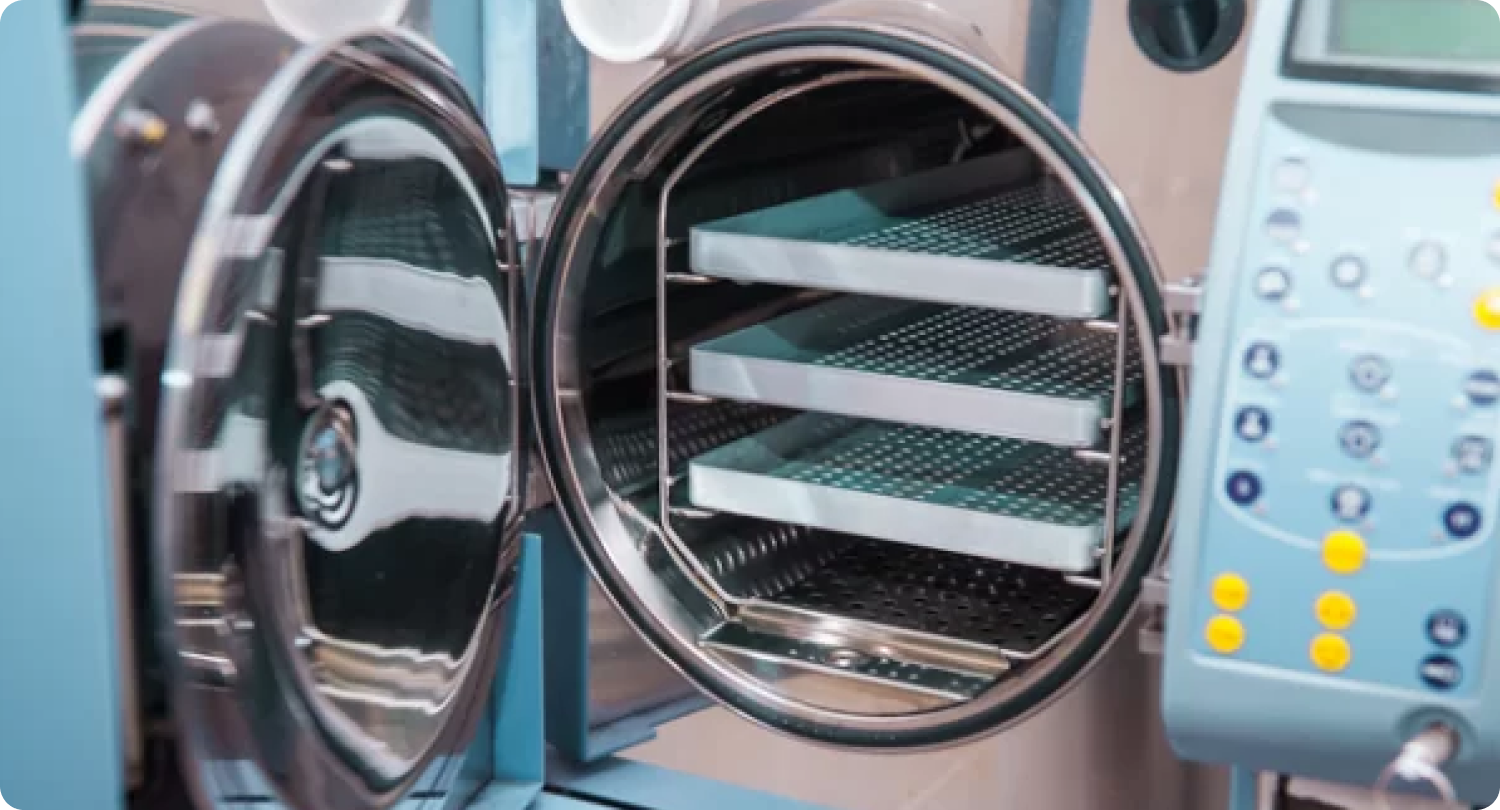Depyrogenation is the process of removing pyrogens from a solution or surface like instruments from a lab, medical setting, or pharmaceutical. It must be done to ensure patient safety. Drug manufacturers are expected to demonstrate compliance with federal requirements to ensure clean, sterile, and safe products enter the medical marketplace.
The most challenging and prevalent pyrogens are bacterial endotoxins found in the outer cell walls of gram-negative bacteria. This process is crucial in preparing packaging components used in injectable drug products. While aseptic manufacturing is a viable option, pyrogens are hard to sterilize. Depyrogenation is a more effective way of removing pyrogens.
What Are Bacterial Endotoxins and Why Are They Dangerous?
Endotoxins are a form of sugar composed of lipids and sugar complexes. They are the main component of the outer membrane of the cell wall of gram-negative bacteria. Experts use the term synonymously with lipopolysaccharide (LPS), although some endotoxins aren’t LPS. Detecting endotoxins in the pharmaceutical and medical industry is crucial to ensure product quality and safety.
Endotoxins were first discovered by Richard Pfeiffer, a German physician, and bacteriologist, who named them as such to differentiate them from exotoxins. They named endotoxins as such to differentiate them from exotoxins. While bacteria actively release exotoxins into the environment, endotoxins can only be passively released through death, mechanical damage lysis of bacteria, and bacterial growth and division.
Endotoxins initiate an inflammatory response in a host, which may sometimes cause dysfunction of multiple systems and mortality. If people inject endotoxins into the blood, it can cause endotoxemia, which can lead to septic shock and death. Health issues such as obesity, asthma, and allergies are also linked.
What Are Depyrogenation Methods?
Depyrogenation is the best-known way to get rid of pyrogens, while the dehydrogenation method used depends on the product. Standard depyrogenation methods include:
- Dry heat
- Rinsing
- Filtration
Dry Heat
High temperatures in the form of dry heat can be used for the dehydrogenation of heat-stable materials. Experts often carry out depyrogenation processes at between 250°C and 400°C, and knowing the total thermal input helps predict the efficiency of dry heat for the dehydrogenation process.
Filtration
Certified practitioners often perform the process of depyrogenation through filtration on solutions containing peptides and proteins. When selecting depyrogenation filters, it’s important to consider the protein types in the solution, molecular weight and isoelectric point of the protein, pH buffer system, electrolyte concentration, protein concentration, protein aggregate potential, and filtration flow rate.
Rinsing
This is depyrogenation through exposure to warm pressurized water that is above 60°C. Rinsing is a great option if you’re looking to reduce endotoxin levels for manufacturing equipment and metals. Multiple rinse cycles can successfully remove pathogens, which ensures water isn’t contaminated with bacterial endotoxins during processing.
Why Is Depyrogenation Important for RTU Components and Injectable Drugs?
Depyrogenation is crucial for RTU components and injectable drugs for several reasons:
- Safety of the patients: Pyrogens are harmful to patients and can cause chills, fevers, and serious immune reactions. Getting rid of these pyrogens through depyrogenation helps ensure the safety of patients receiving RTU components and injectable drugs.
- Regulation compliance: The United States Pharmacopeia (USP) and other regulatory bodies require that injectable drugs and medical devices be dehydrogenated to ensure efficacy and safety. Failure to comply with this regulation can lead to financial and legal consequences for manufacturers.
- Quality control: Depyrogenation is crucial for ensuring the quality and consistency of RTU components and injectable drugs. Pyrogens reduce the effectiveness of drugs and interfere with the function of medical devices, which makes it important to get rid of them before use.
In a nutshell, depyrogenation is crucial for ensuring the safety and efficacy of RTU components and injectable drugs. In the absence of this process, pyrogens cannot be adequately removed. This may cause serious consequences for patients and manufacturers.
At Afton Scientific, we are a reliable manufacturing organization specializing in the small-batch aseptic filling of injectables from clinical trials to approved commercial drugs. Contact us today to learn more about our services.
